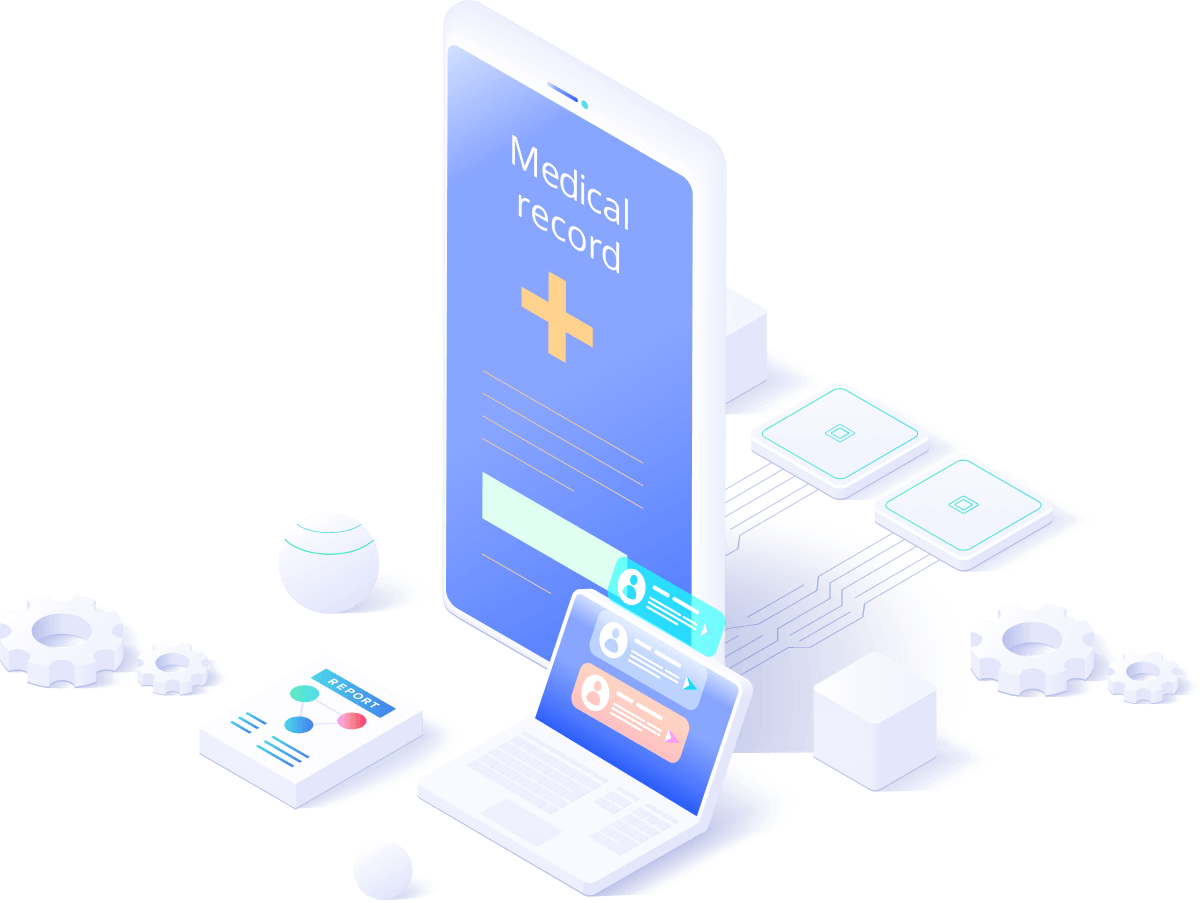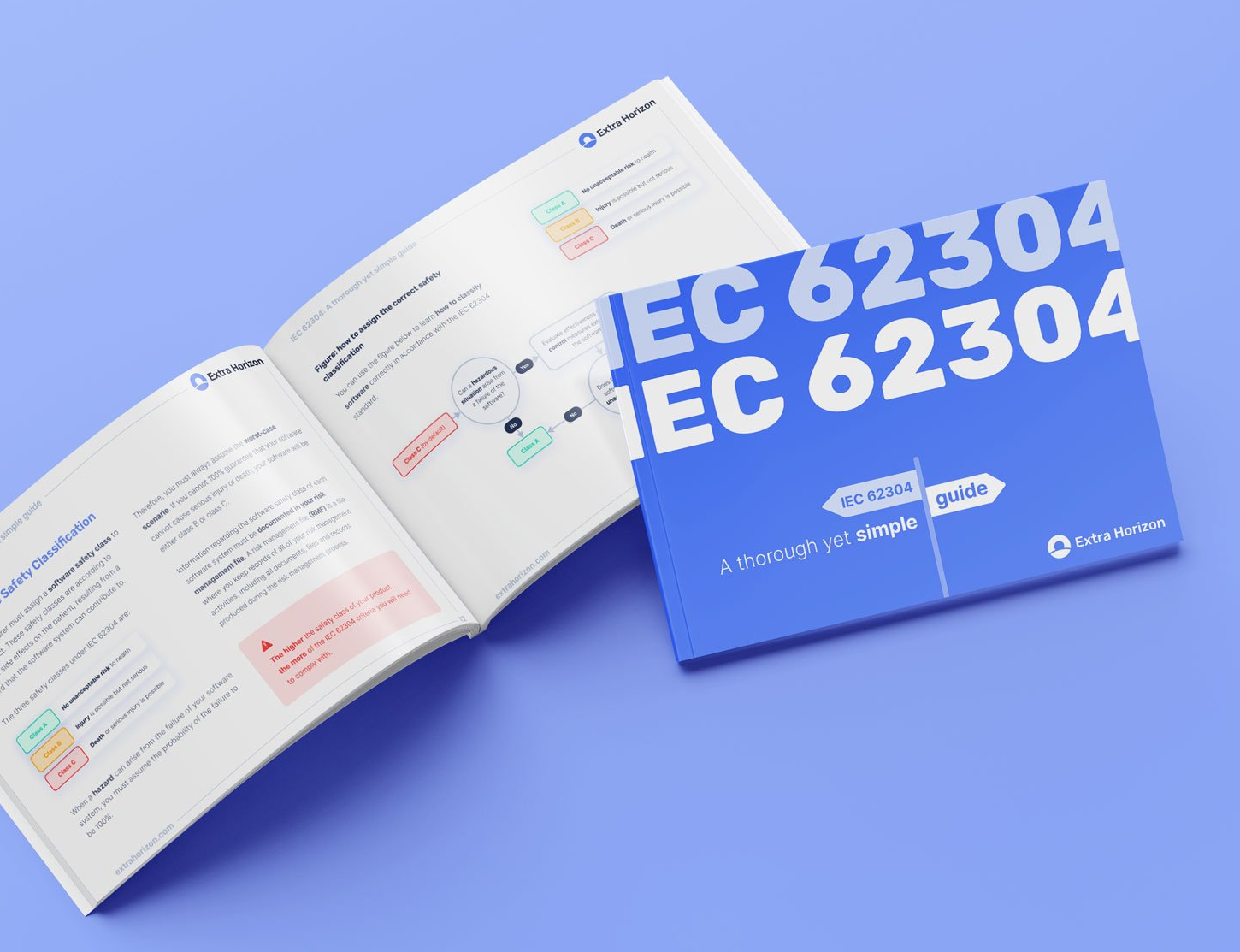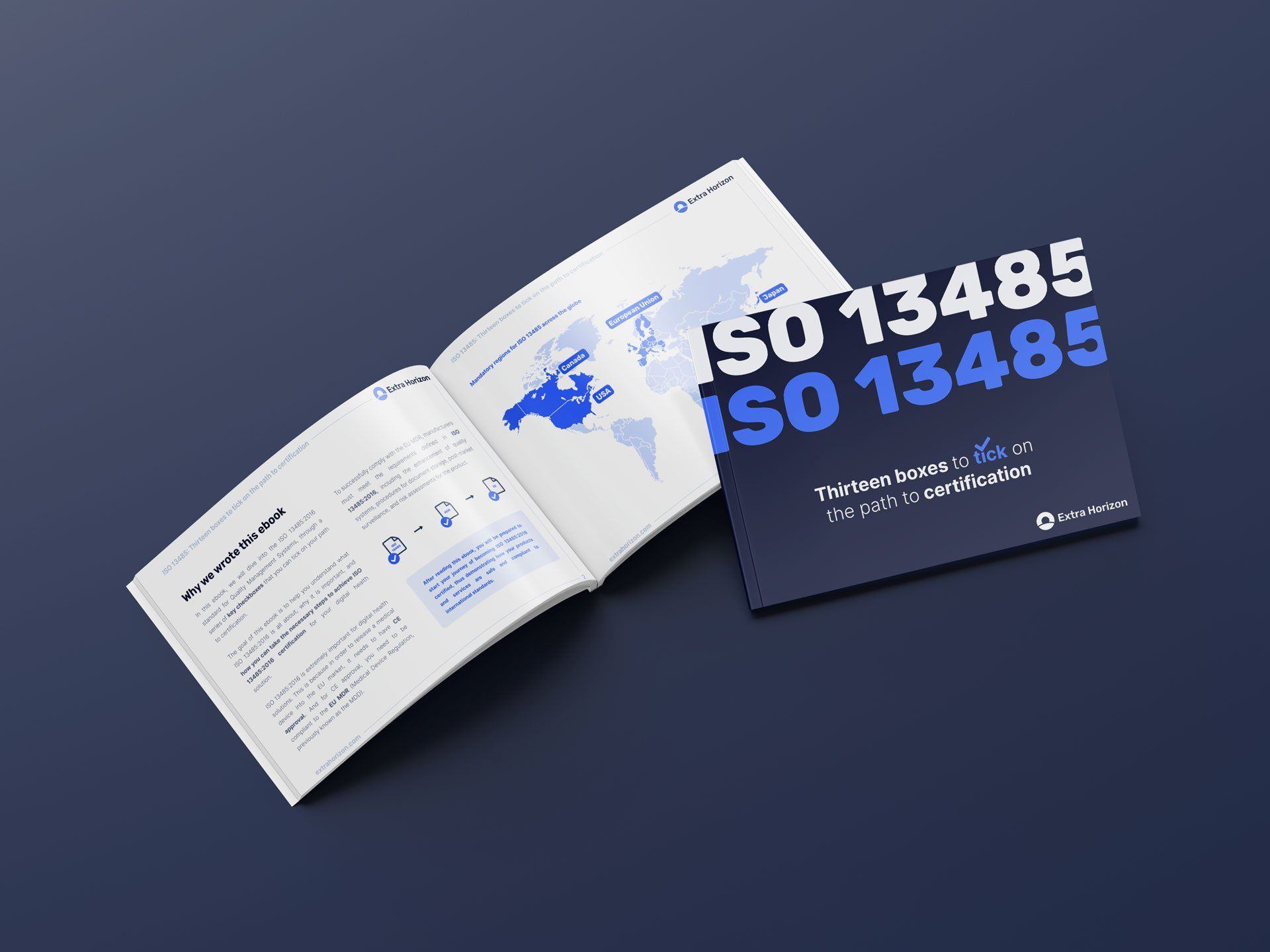Why connecting Electronic Health Record (EHR) solutions with a medical cloud backend will be the future of centralised digital healthcare
What is an Electronic Health Record (EHR)?
An Electronic Health Record (EHR) is a digital version of a person’s medical record. EHRs make it easier and quicker for authorised users to access a patient’s medical information, and they are widely used in the healthcare world.
There are many different EHR systems available, and the system used can differ from hospital to hospital. The main challenge in the MedTech world is to make sure that EHR information can be exchanged easily between these different EHR systems.
An EHR may contain a number of different kinds of health information, including, but not limited to:
- A patient's medical history and diagnoses
- Medications
- Treatment plans
- Immunisation dates
- Radiology images
- Laboratory results
- Allergy details
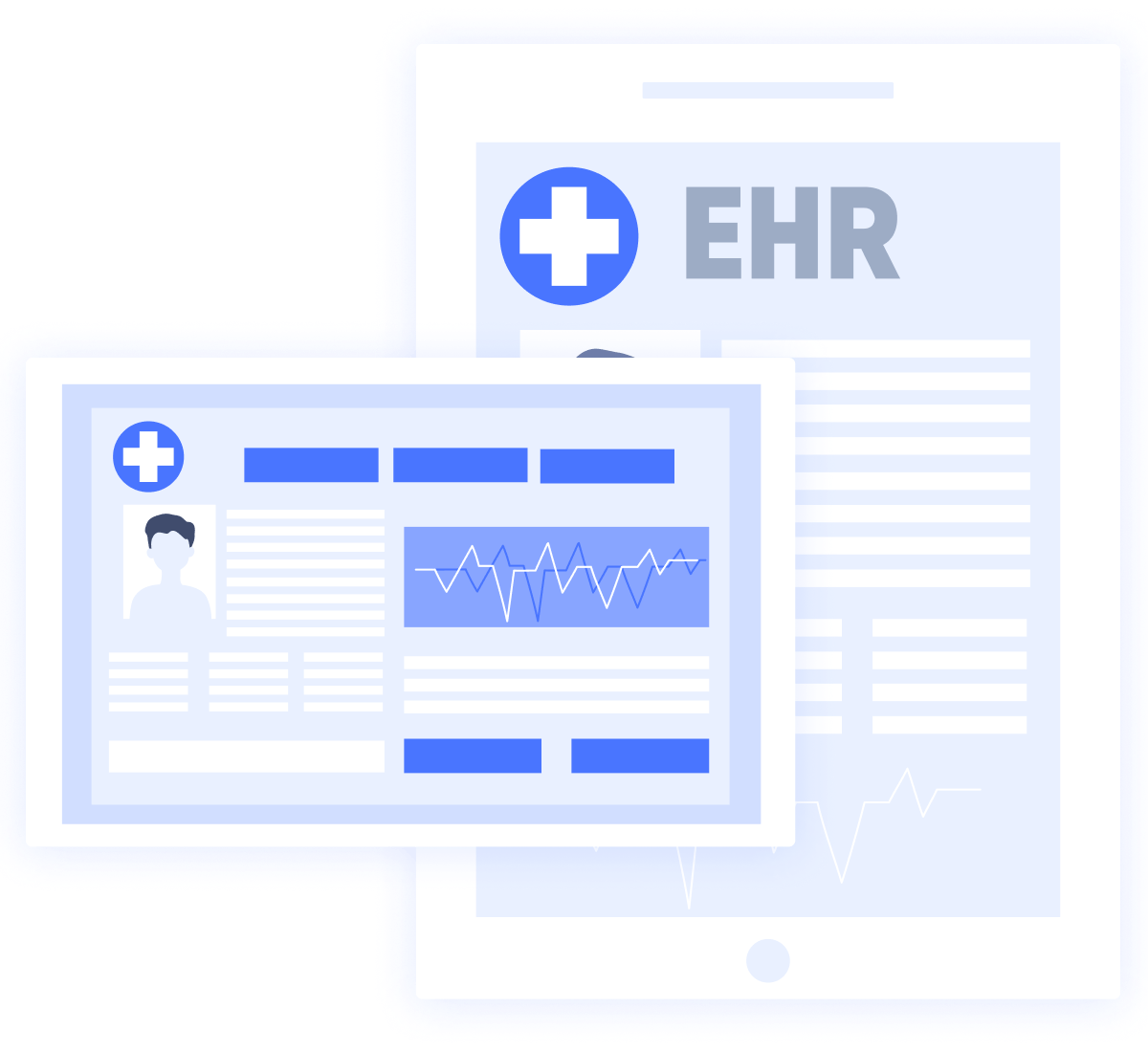
What are the benefits of Electronic Health Records (EHRs)?
Electronic Health Records (EHRs) offer considerable benefits to patients, clinicians, healthcare professionals (HCPs), and researchers. They allow clinicians to access a patient’s medical record quickly and easily, which leads to more efficient care, particularly in emergencies. Information can also be exchanged between different clinicians in real time, ensuring that all doctors and specialists have access to an accurate, up-to-date medical record for their patient.
EHRs also provide easy access to health analytics, which help clinicians recognise any patterns, thus helping them provide a diagnosis and recommend suitable treatment options. The same health analytics can also be used to track treatment progress as time goes on. For example, an AI model can use patient data from the EHR to help make a diagnosis.
The historical medical information available in EHRs can also be very valuable for the further clinical development of therapies, as EHRs are a source of Real World Data (RWD)/Real World Evidence (RWE). RWD/RWE is data collected relating to patient health or the delivery of healthcare, outside of traditional clinical trial settings. This data can then be used to help design new clinical trials, and therefore develop new, innovative treatments for patients.
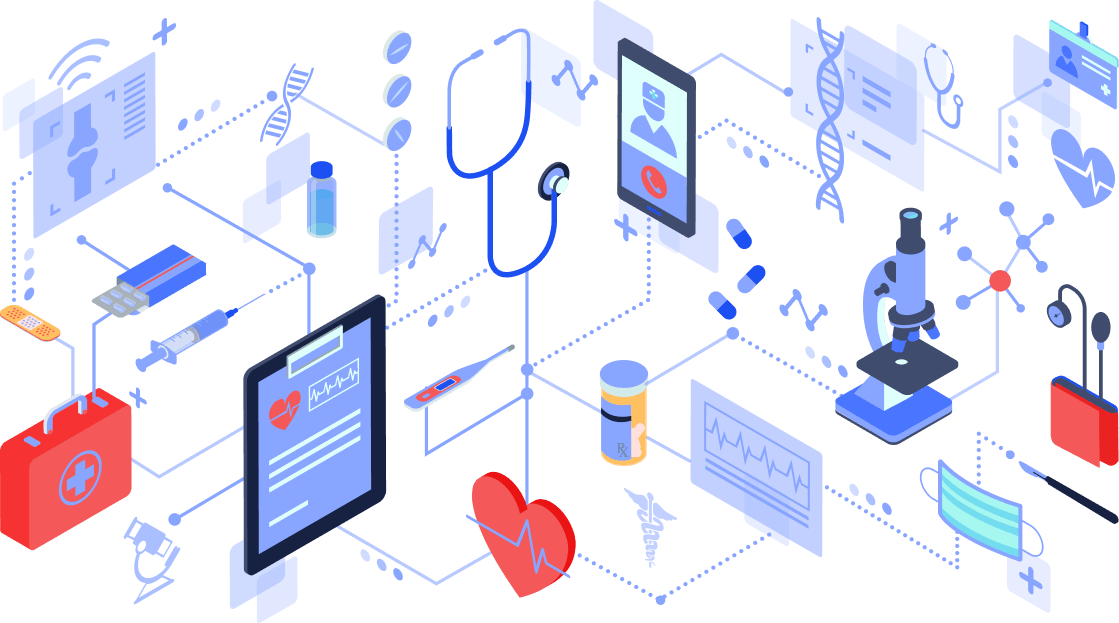
New legislation surrounding Electronic Health Records (EHRs)
On 3rd May 2022, the European Commission published a draft regulation for a European Health Data Space, which includes new rules about the use of EHRs. The European Health Data Space is a health-specific ecosystem of rules, common standards, infrastructures and governance framework that aims to strengthen links between national healthcare systems by means of secure and efficient access and exchange of health data. It also aims to create a uniform legal framework, particularly for the use, development, and marketing of EHRs.
What are the main interoperability challenges faced in the EHR field?
One of the main and frequently-discussed topics within the EHR field is the issue with interoperability. Interoperability means the ability of different information systems to access, exchange, integrate and cooperatively use data in a coordinated manner, within and across organisational, regional, and national boundaries.
The first and foremost issue surrounding EHRs is that they do not (yet) interconnect with each other. This means that, for example, a patient will have to re-enter all of their information every time they visit a new hospital or specialist.
Also, since the recent explosion in the use of remote monitoring applications/Software as a Medical Device (SaMD), it has become increasingly necessary for HCPs to have access to this data in order to monitor their patients properly. Problems with interoperability are a huge barrier when it comes to allowing HCPs to access this data easily and quickly.
With EHRs, it is essential that patient health data is shared between different systems and healthcare providers in a secure and efficient manner. However, there are many different EHR systems out there, and the system used often differs from centre to centre, region to region, or country to country. This is where interoperability becomes a challenge, as it can be difficult to share information between completely different EHR systems.
Tackling interoperability with Fast Healthcare Interoperability Resources (FHIR)
A solution for tackling interoperability issues with EHRs is using Fast Healthcare Interoperability Resources (FHIR). FHIR is a standard that defines exactly how healthcare information can be exchanged between different systems, regardless of how that information is stored in those systems. It allows healthcare information to be shared securely to those who need to access it. FHIRs also contain an application programming interface (API) for the exchange of EHR data.
What is an API?
API stands for application programming interface. APIs are a way for two or more computer programmes to communicate with each other. In this case, it allows the exchange of data between different EHR systems.
The FHIR standard was created in response to an increasing need for faster and easier methods to exchange data, especially due to the rapidly increasing amount of data in the healthcare space. Additionally, as the use of medical applications has become more and more commonplace, it has created the need for clinicians and patients to be able to share health data in an easy, real-time fashion.
So, how do FHIRs help solve this issue?
FHIRs act as a link between platform users and EHR systems, allowing the exchange of health data between different and dissimilar EHR systems. FHIRs reduce the issues surrounding interoperability, as they save the hassle of creating all of these integrations yourself by providing a readily-available link between different EHR platforms.
App --> FHIR --> EHR --> FHIR --> APP
At Extra Horizon, we have an extensive knowledge of FHIR and EHR integrations. Leveraging our existing knowledge will save you the significant time and money it would take to figure everything out yourself.
The FAIR data principles and EHRs
Another significant challenge is the FAIR data principle. Indicated by its name, the FAIR principle states that all research objects should be:
- Findable
- Accessible
- Interoperable
- Reusable
The FAIR principles were created to encourage the use of the large number of patient registries and administrative databases in Belgium. Many people are unaware that these registries and databases exist, or how to access them, and this is what the FAIR principles aim to change. The idea is that by having a thorough set of guiding principles and practices, it will be easier to discover, access, integrate, and cite the health data collected in these registries and databases. Breaking the barriers towards accessing this data is hugely beneficial to patients, as the information provided can be used to help determine the best way to care for patients with particular conditions.
Using a medical cloud backend for EHRs can help significantly with meeting the FAIR principles, particularly the accessibility and interoperability elements. This is because a medical cloud backend makes it easier to access data from multiple locations.
You can read more about the 4 FAIR Guiding Principles
here.
So, how can a cloud-based Medical Backend-as-a-Service be useful when it comes to EHRs?
EHR systems generally fit into one of two categories; client-server systems or cloud-based systems. With client-server systems, data is stored on in-house servers, and clients communicate with the servers through a computer network. With cloud-based systems, data is stored on external servers, and any authorised user can access the data through the internet on their own device.
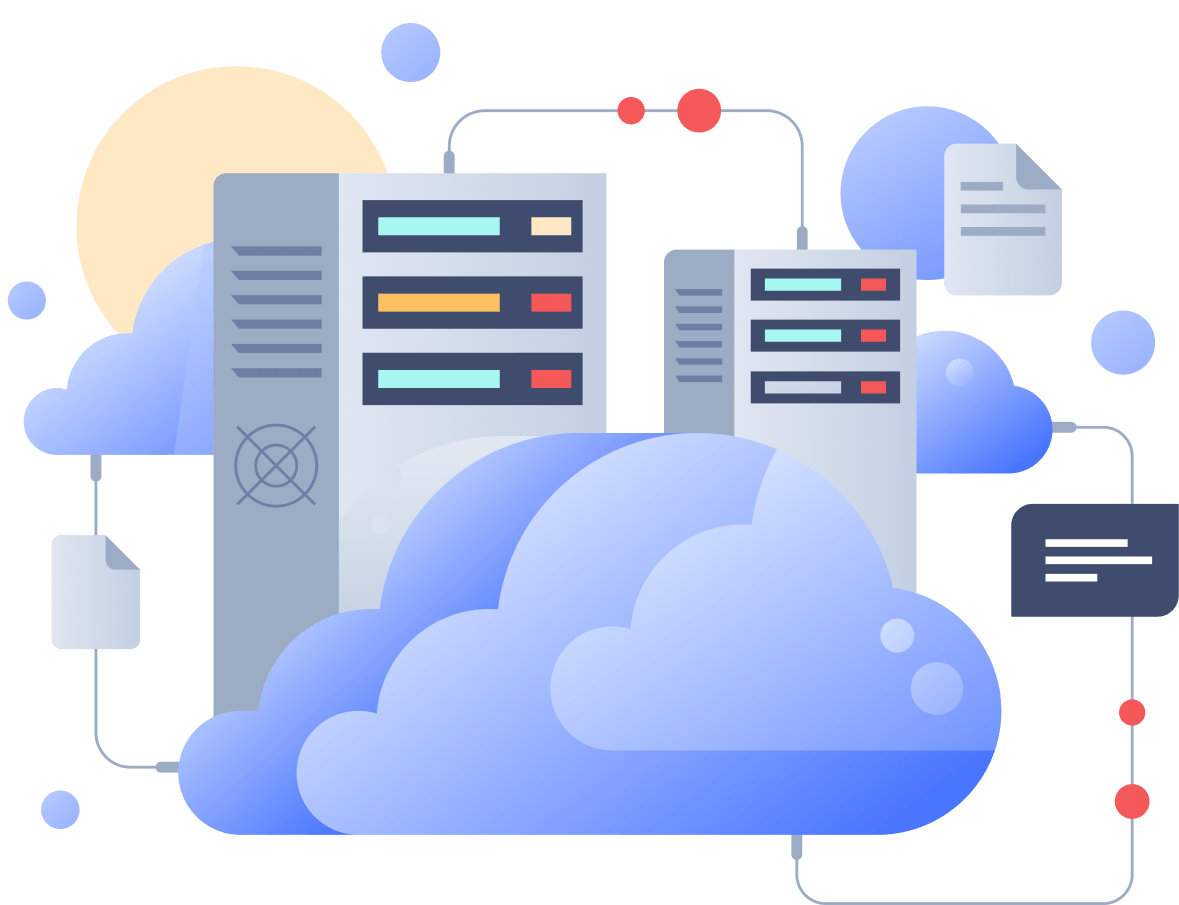
Although client-server systems were popular in the past, medical providers are now increasingly opting for cloud-based systems for storing their EHRs. This is due to a number of reasons, including:
1. EHRs with cloud-based systems are easier to implement
Unlike client-server systems, cloud-based systems do not require the installation of hardware and software on-site. This makes implementation both faster and easier.
2. Cloud-based EHRs come with reduced costs
As no physical hardware or software needs to be installed for cloud-based systems, this saves you significant amounts of money in installation costs, as well as on other expenses such as software licenses.
Cloud-based system providers also generally offer fixed monthly prices, so the costs are predictable with no hidden surprises.
3. Reduced workload
Using an external medical cloud backend provider means that many tasks, such as installing hardware and updating software, are outsourced to the medical backend provider. This significantly reduces the workload for your team, allowing them to focus on other important tasks, such as developing your business logic.
4. EHRs with a cloud-based backend offer better scalability
Medical backends are highly flexible, and are able to deal with sudden changes with ease. As more patients join a medical facility, the medical backend can easily adapt to accommodate an increased number of users. Thus, using a medical backend drastically reduces the chances of technical issues when there is a sudden surge in user numbers.
5. Cloud-based EHRs have better interoperability
Medical backends often have capabilities that allow different EHR systems to communicate with each other, thus enabling information to be shared across different centres, where the EHR systems used are often different.
6. Cloud-based EHRs offer stronger security
Lastly, but arguably most importantly, cloud-based systems offer a high level of security, which is vital when it comes to EHRs. As EHRs contain confidential and often sensitive personal health data, keeping this data on a secure platform is essential.
When using a cloud-based system, data is encrypted, meaning that the information cannot be read by anyone except the authorised users of the EHR system. This also means that sensitive health data is protected in the event of a security breach.
Additionally, using a
cloud-based Medical Backend-as-a-Service
for your EHR system means that all data is thoroughly backed up in several different locations. This prevents data from being lost in the case of emergencies such as fire or flooding. With client-server systems, data can easily be lost if the server is damaged or destroyed. With cloud-based systems, this is not an issue.
How can Extra Horizon help?
We can help you navigate the jungle of EHR systems and how you can connect them to all the larger integration platforms. With our extensive knowledge in both FHIR and EHR integrations, we can help you figure out how to set these up for your own systems. Leveraging our knowledge will help you to streamline your operations, reduce the time and money spent tackling interoperability issues, and improve the overall care to the users of your product.
Choosing to use a cloud-based Medical Backend-as-a-Service, such as Extra Horizon, also offers considerable benefits in terms of accessibility of data. With cloud computing, it is possible to access medical records from multiple locations, without the need to physically visit each location. This allows easy communication of EHR data between different hospitals and clinics, and saves the patient from having to fill out their details each time they visit a new hospital or clinic - a huge advantage over traditional paper records and client-server systems.
Above this, as there is no need to install hardware facilities with cloud-based systems, this will save you a lot of money in purchase and installation costs.
To conclude
Although very valuable in the healthcare space, EHRs certainly don’t come without their challenges. However, by harnessing the power of a medical cloud backend, you will be able to overcome these challenges with ease. By leveraging our readily-available Medical BaaS, you will save yourself the headache of working out all of the EHR integrations, as well as overcoming the looming issue of interoperability. To find out more, please do not hesitate to get in touch.
RECENT POSTS
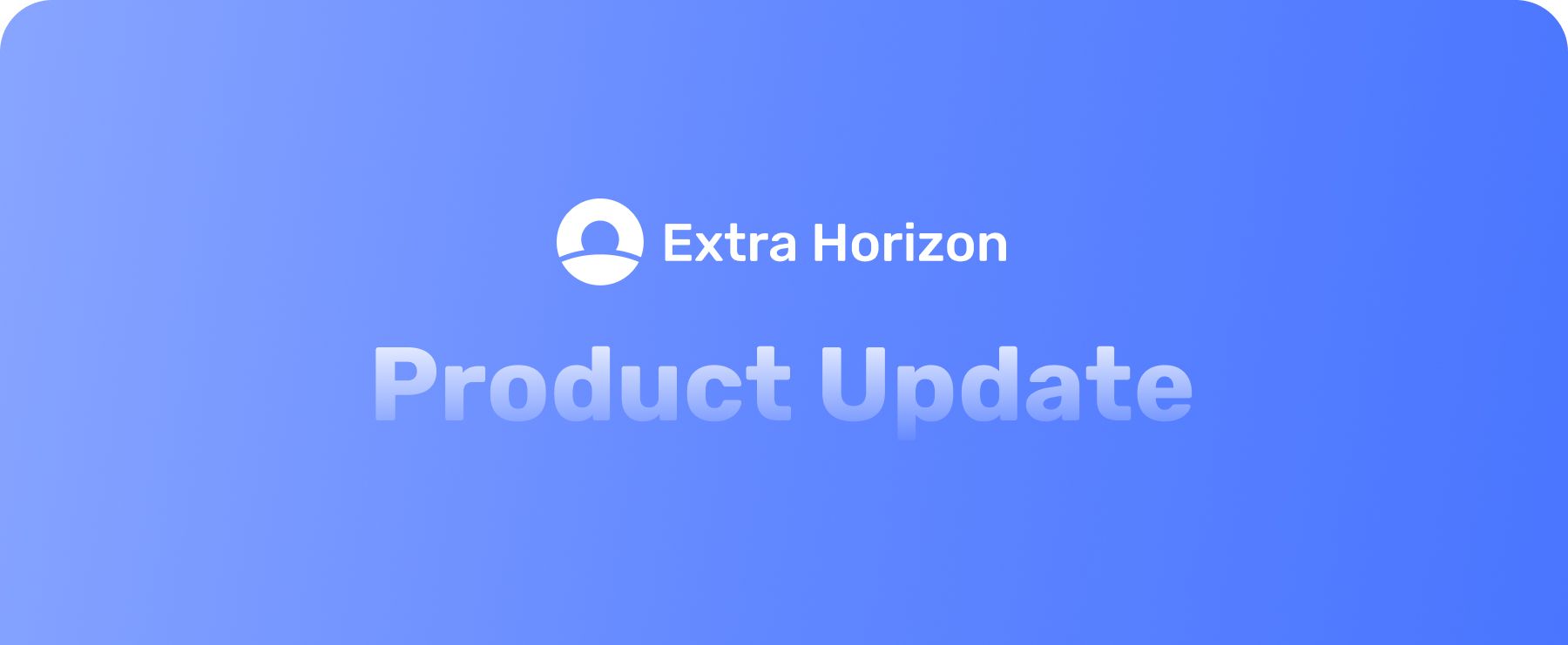
FREE EBOOKS
GOT QUESTIONS?
Get in touch, we're eager to answer your questions
Solutions
BY USE CASE
BY CAPABILITY
BY STAGE
Getting Started
AS A DEVELOPER
AS A PARTNER
© 2023 Extra Horizon, All rights reserved
Kempische Steenweg 303, 3500, Hasselt, BE
— Hasselt, Belgium

